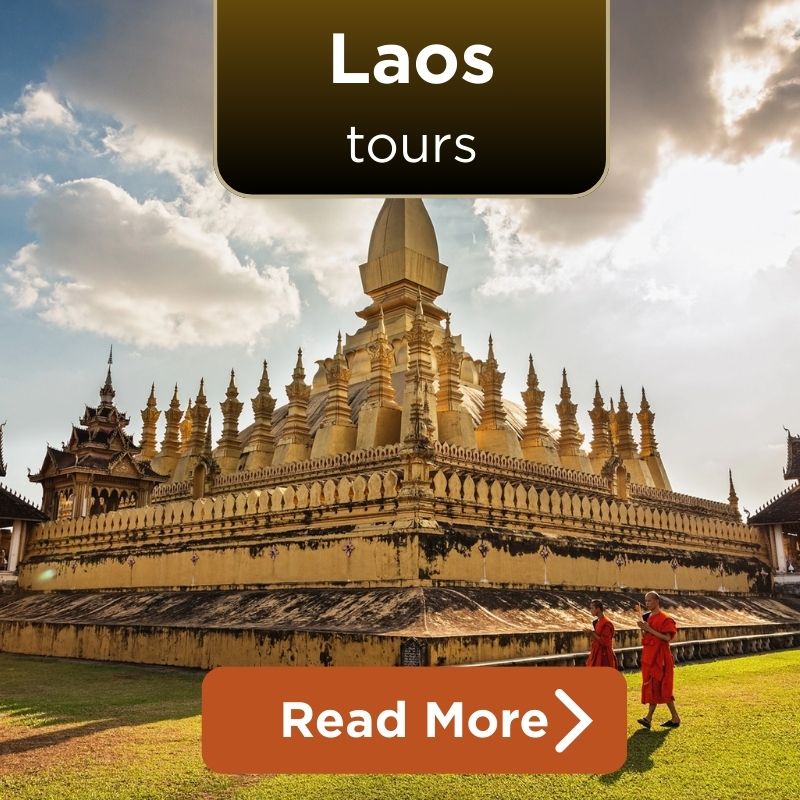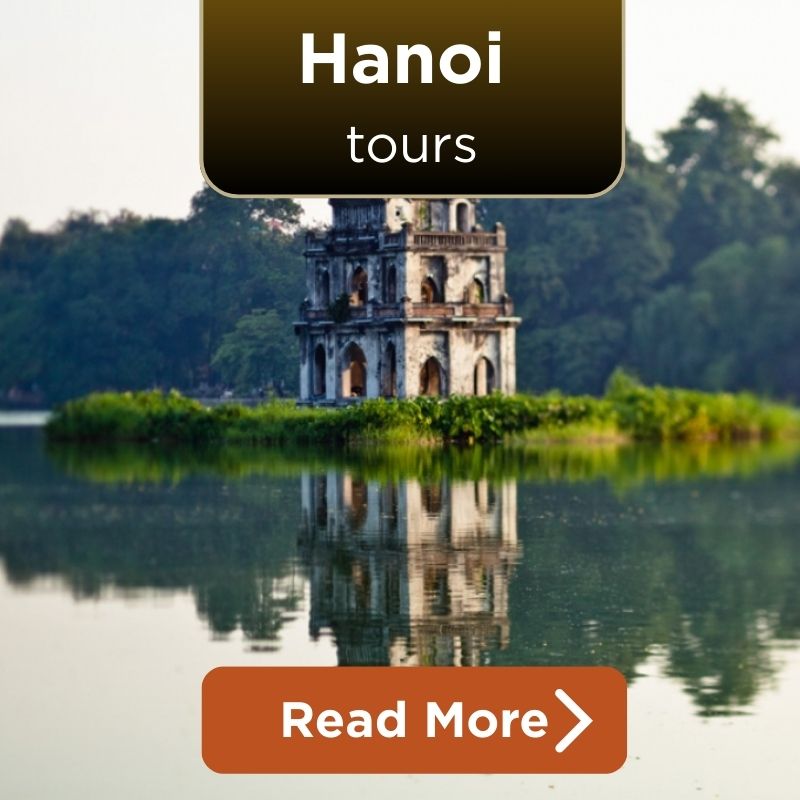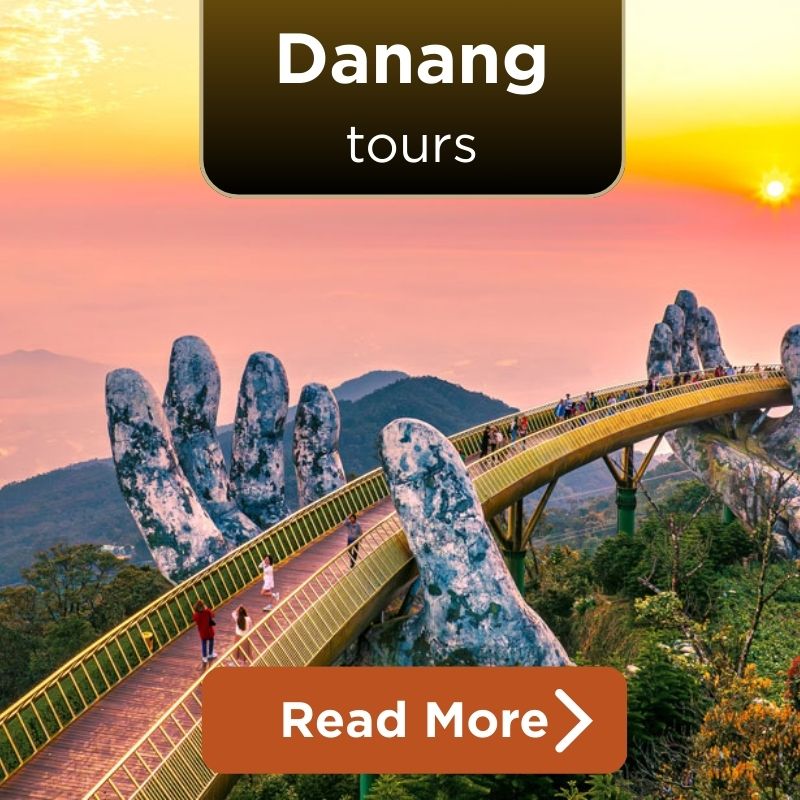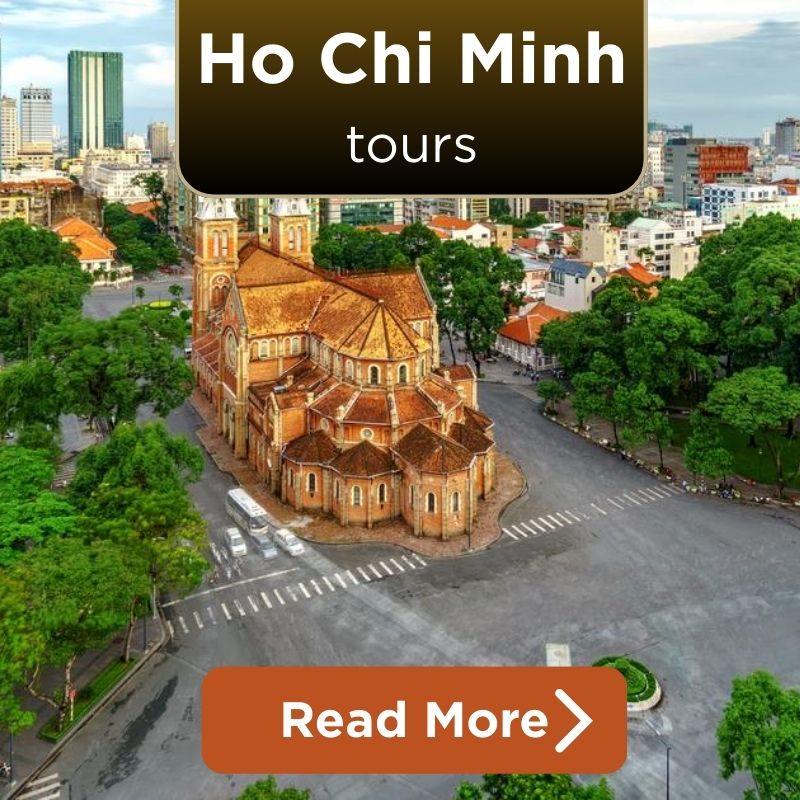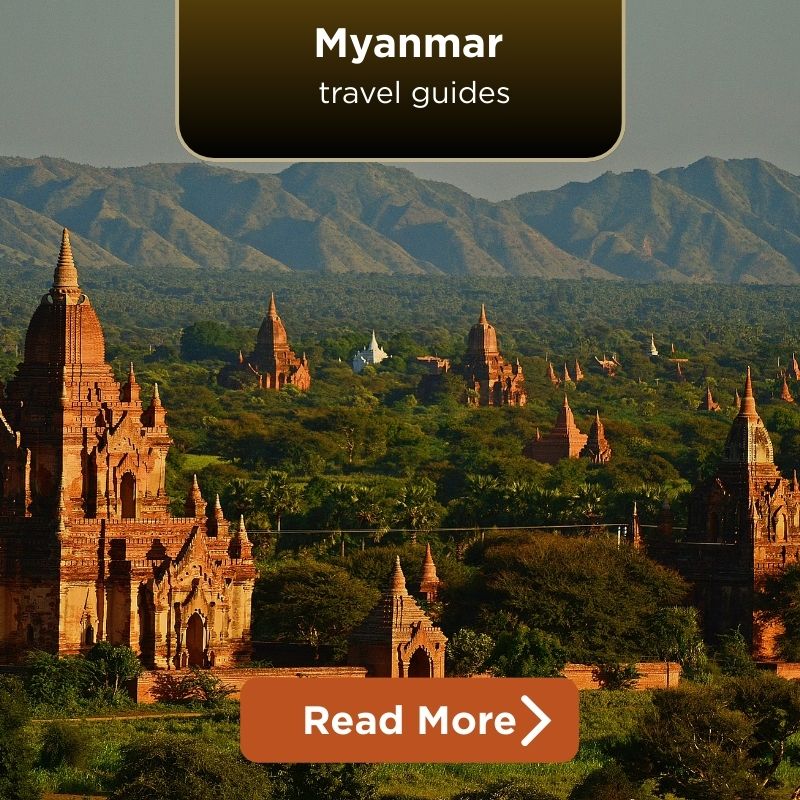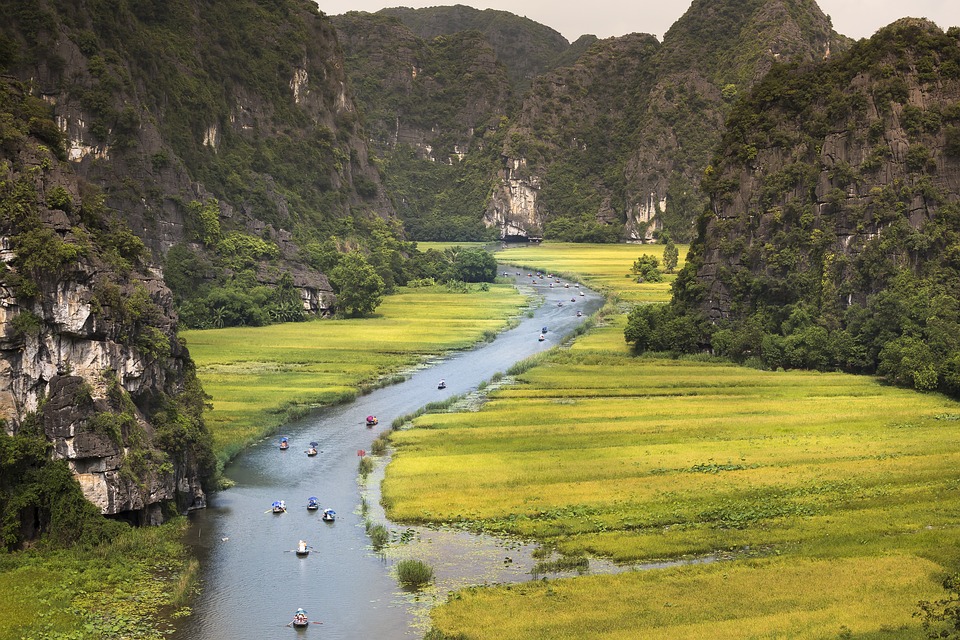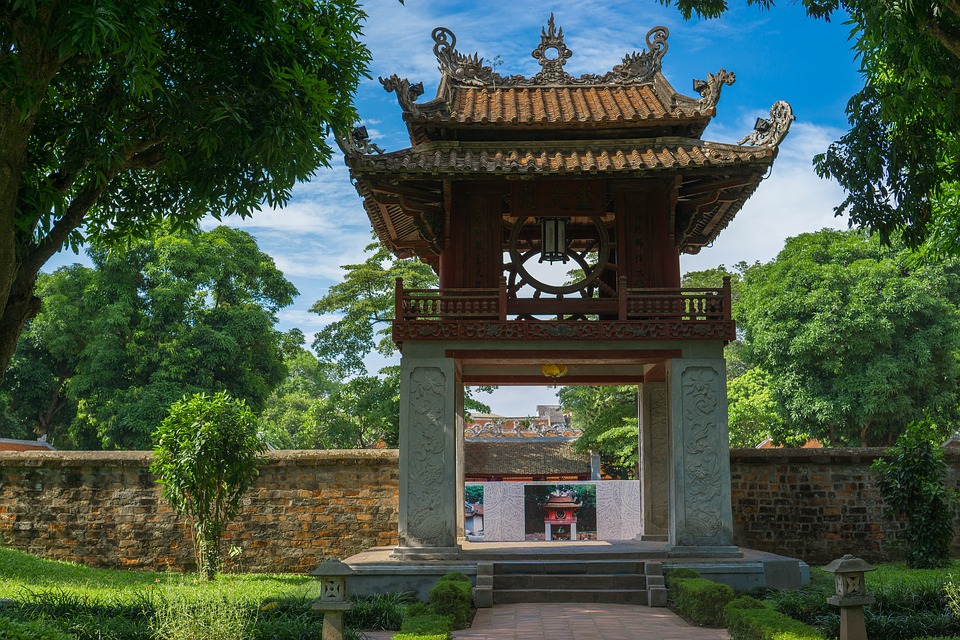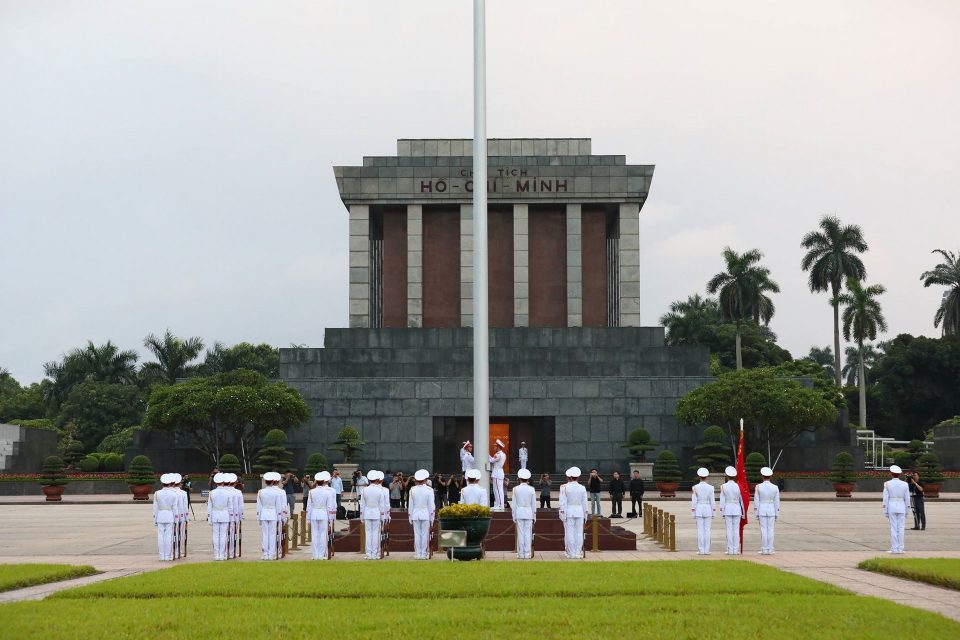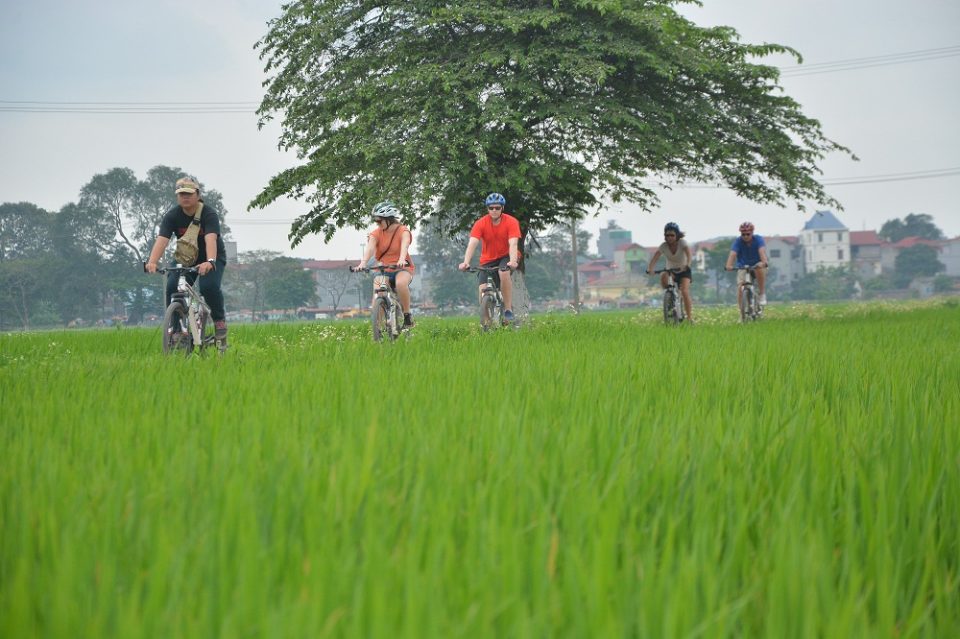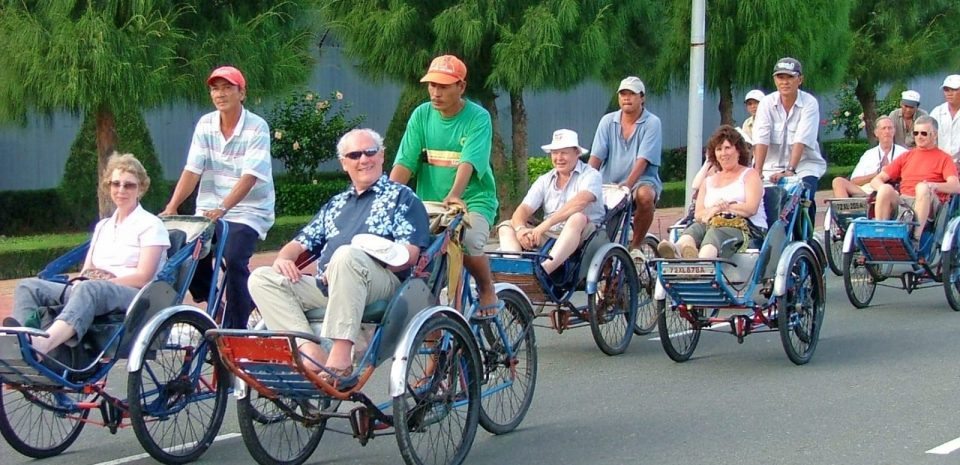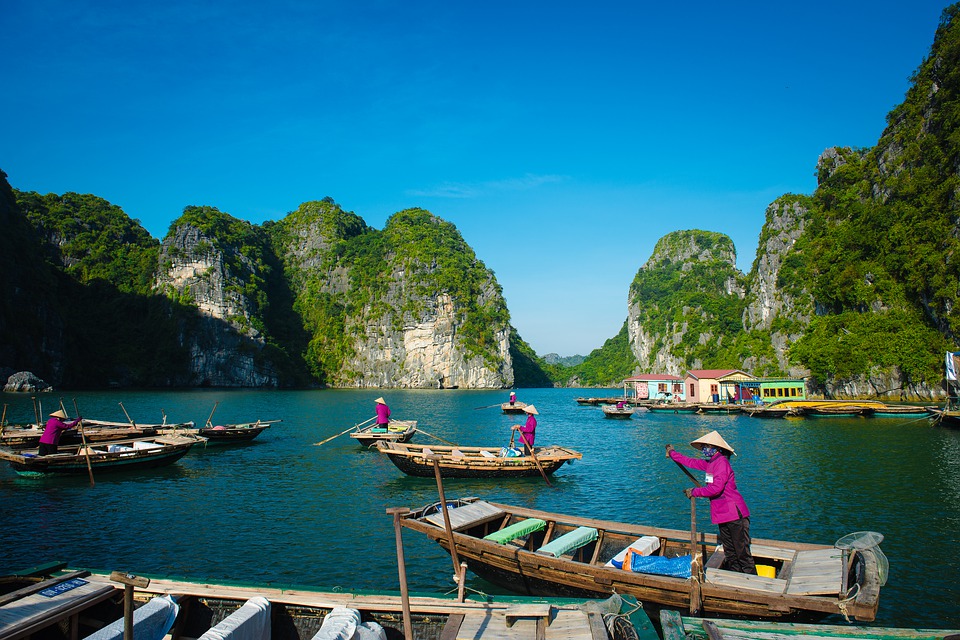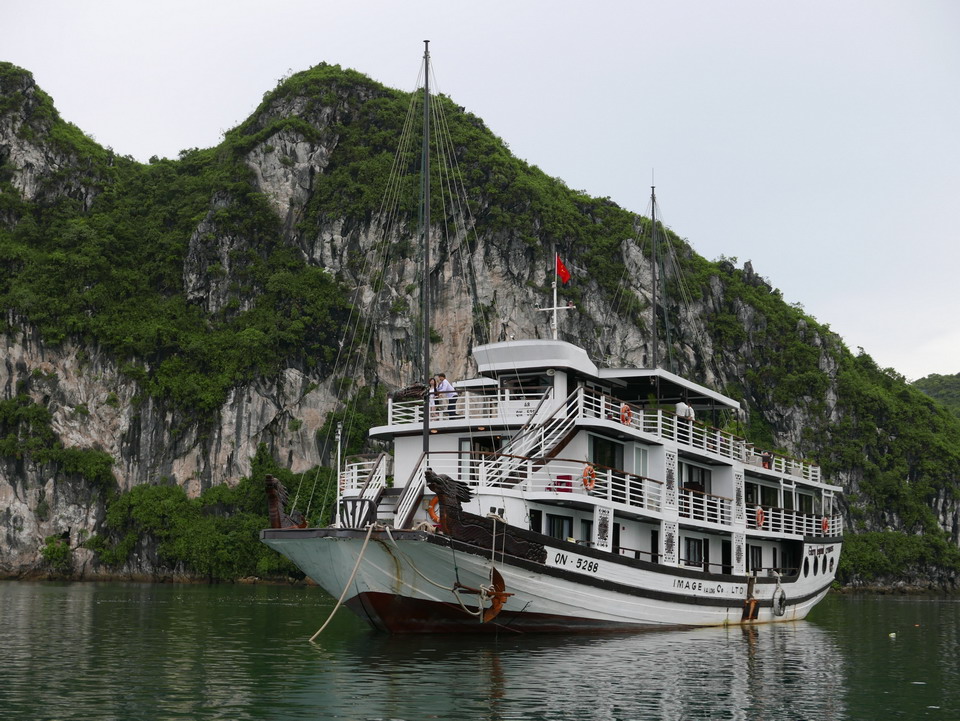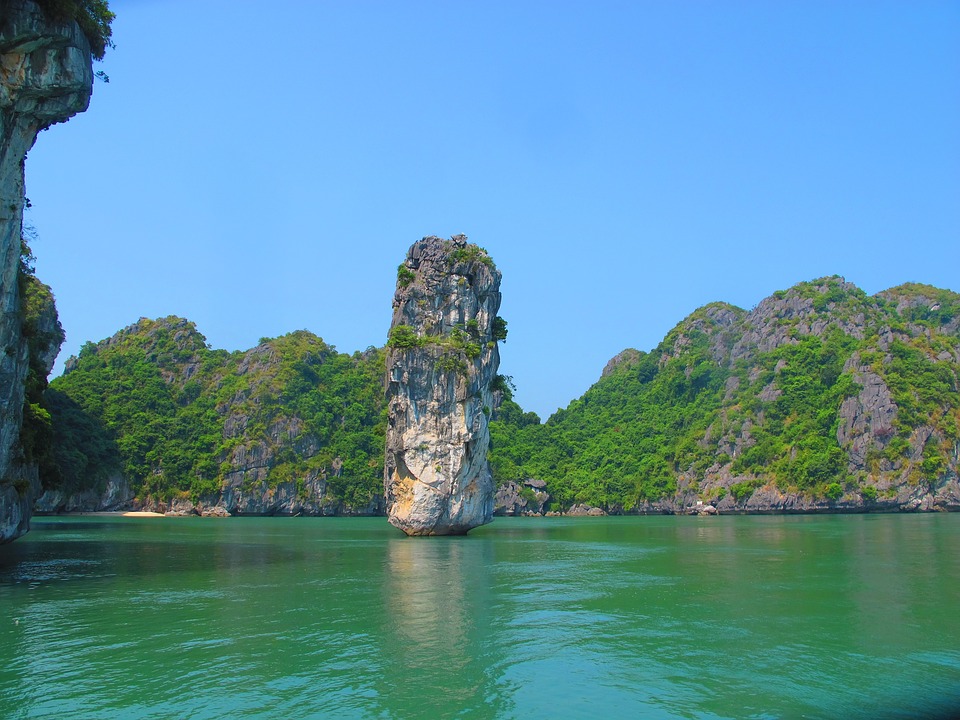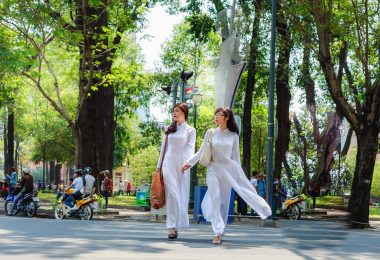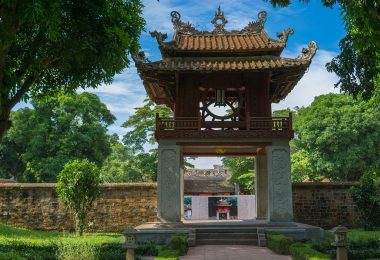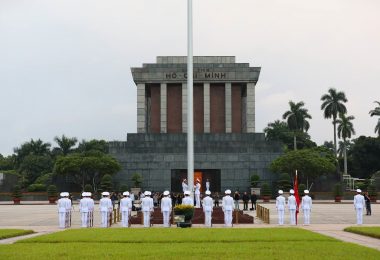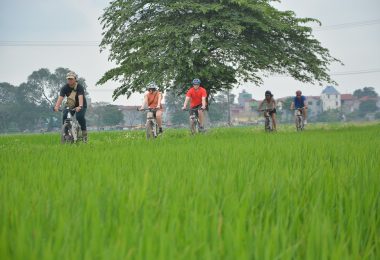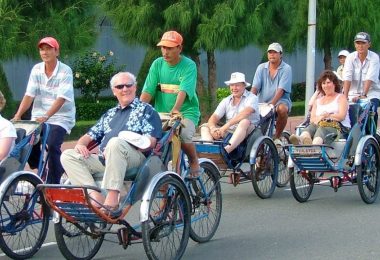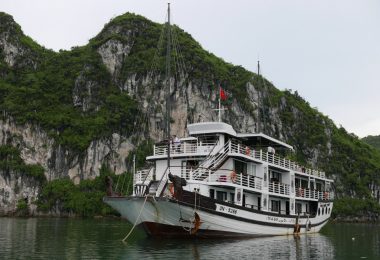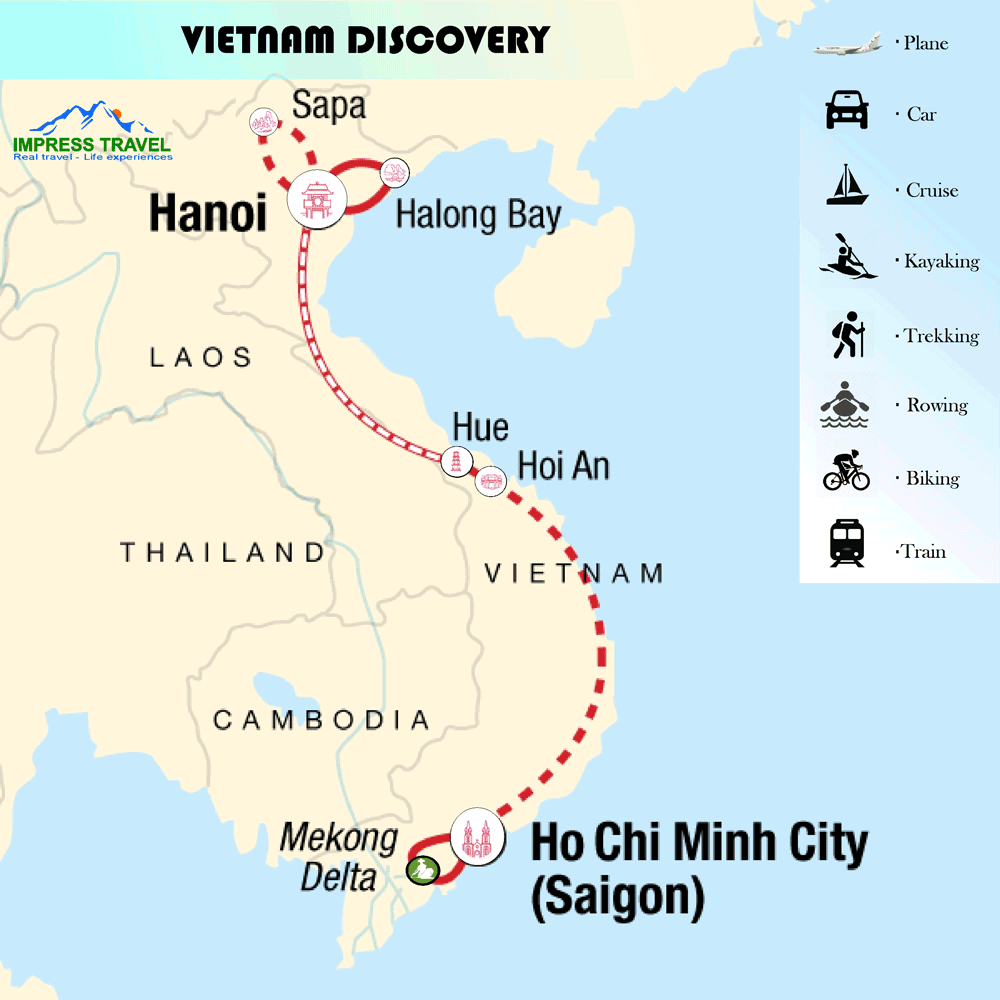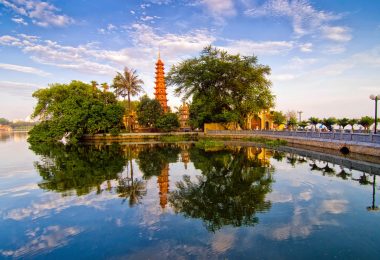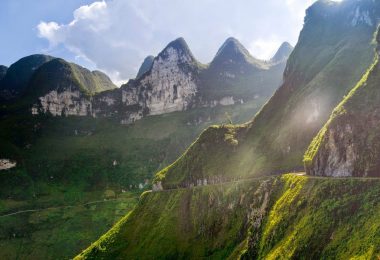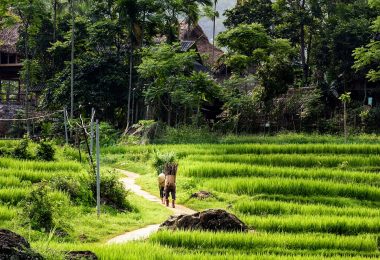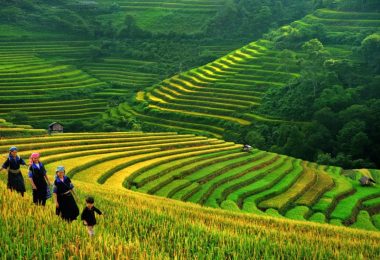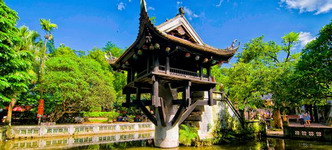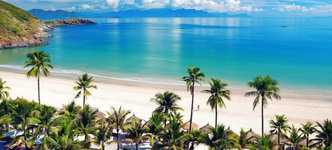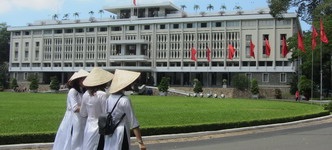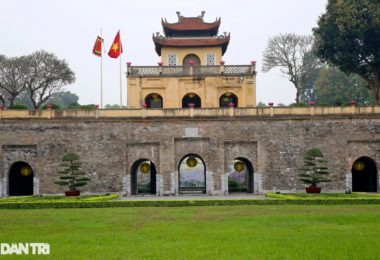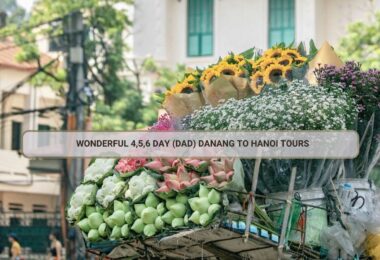Tourists know Hanoi for many famous attractions and a thousand-year history of civilization. The capital Hanoi is increasingly developing, attracting workers from regions across the country and tourists from domestic to international. Therefore, chaotic traffic in Hanoi is happening every day. In this article, visitors can learn about this condition in advance to get better adaptation when coming here.
Cause of chaotic traffic in Hanoi
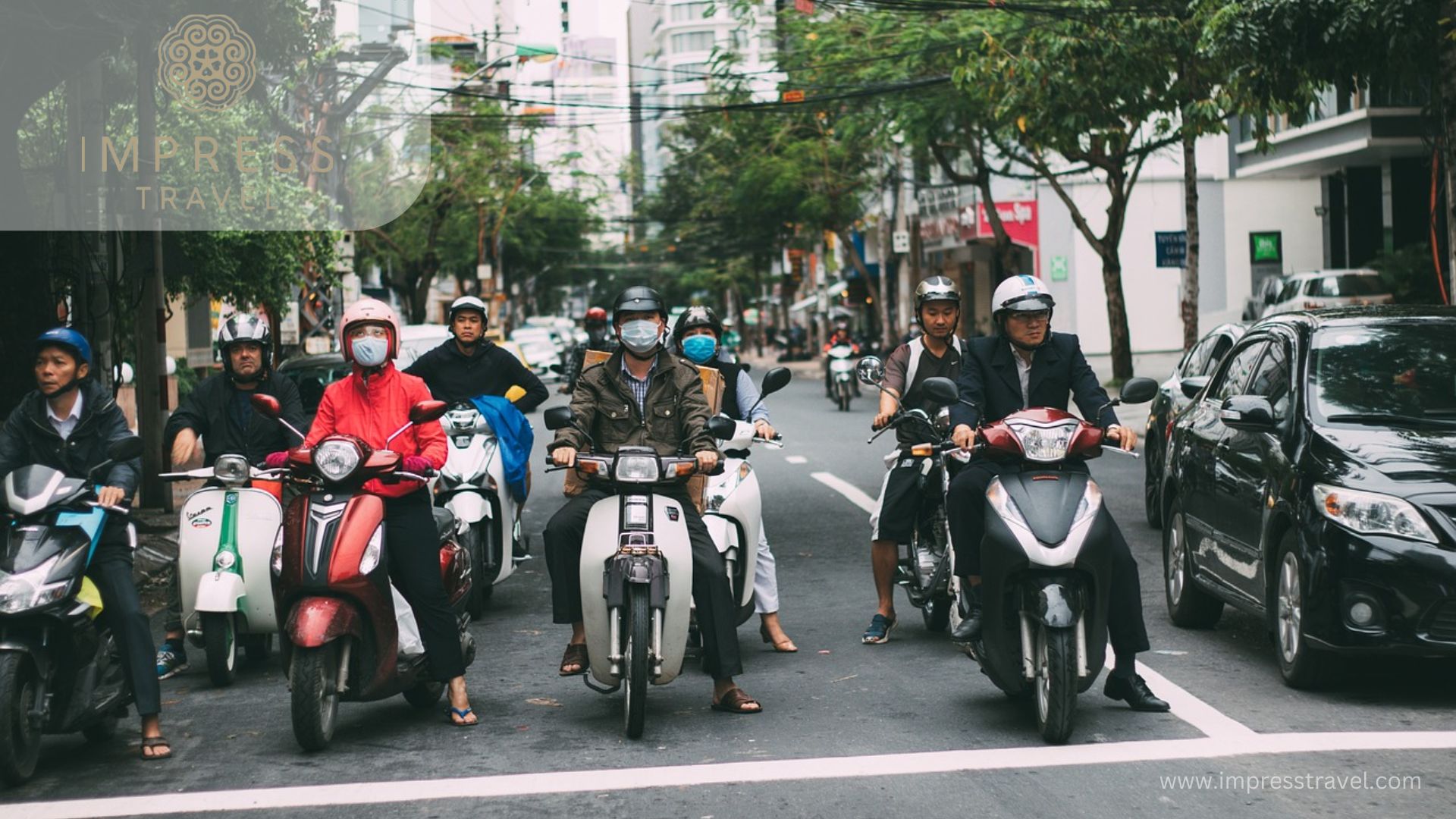
Chaotic traffic
Chaotic traffic in Hanoi is determined by many different reasons. Hanoi is a large city and its capital, so it is impossible not to mention the attraction of workers from other provinces and suburban areas. The Hanoi People’s Committee also gave the main causes leading to this situation.
Firstly, because the number of vehicles is increasing rapidly, the traffic infrastructure cannot keep up, leading to overload. Specifically, the number of road vehicles as of October 2023 is about 1.1 million cars and about 6.8 million motorbikes, not including about 1.2 million vehicles from the provinces and cities. Other cities participate in traffic in the area.
Second, the cause of chaotic traffic is also due to lack of synchronous investment, incomplete ring roads, missing bridges across the Red River,… Hanoi plans 7 ring roads with a total length of 285 km. There are 5 main belt routes (1, 2, 3, 4, 5) and 2 support belt routes (2.5 and 3.5).
However, belt 5 has not yet been deployed; Belt 4 is under construction and expected to be completed in 2027; Belt 3.5 has not been completed along the entire route due to difficulties in site clearance; Belt 3 is still unopened in the North; Belt 2.5 has just been built in some sections; Belt 2 has not been fully deployed yet, …
Third, many construction projects narrow the cross-section of roads, leading to traffic congestion. Statistics show that there are 38 narrowed routes, typically the Nhon – Hanoi station urban railway project, Thanh Nien – An Duong intersection overpass phase 2 on Au Co – Xuan Dieu road, and the Kim Dong underground tunnel,…
Fourth, the cause of congestion on radial roads and major bridges is due to the density of vehicles participating in traffic exceeding the design. This leads to just one collision or accident leading to congestion.
Furthermore, the awareness of a part of the people when participating in traffic is not high and they have not properly followed road laws, leading to chaotic traffic conditions. The Department of Transport believes that in addition to propaganda to raise traffic awareness, it is necessary to add cameras to increase fines for violations.
The most chaotic traffic time of the day in Hanoi
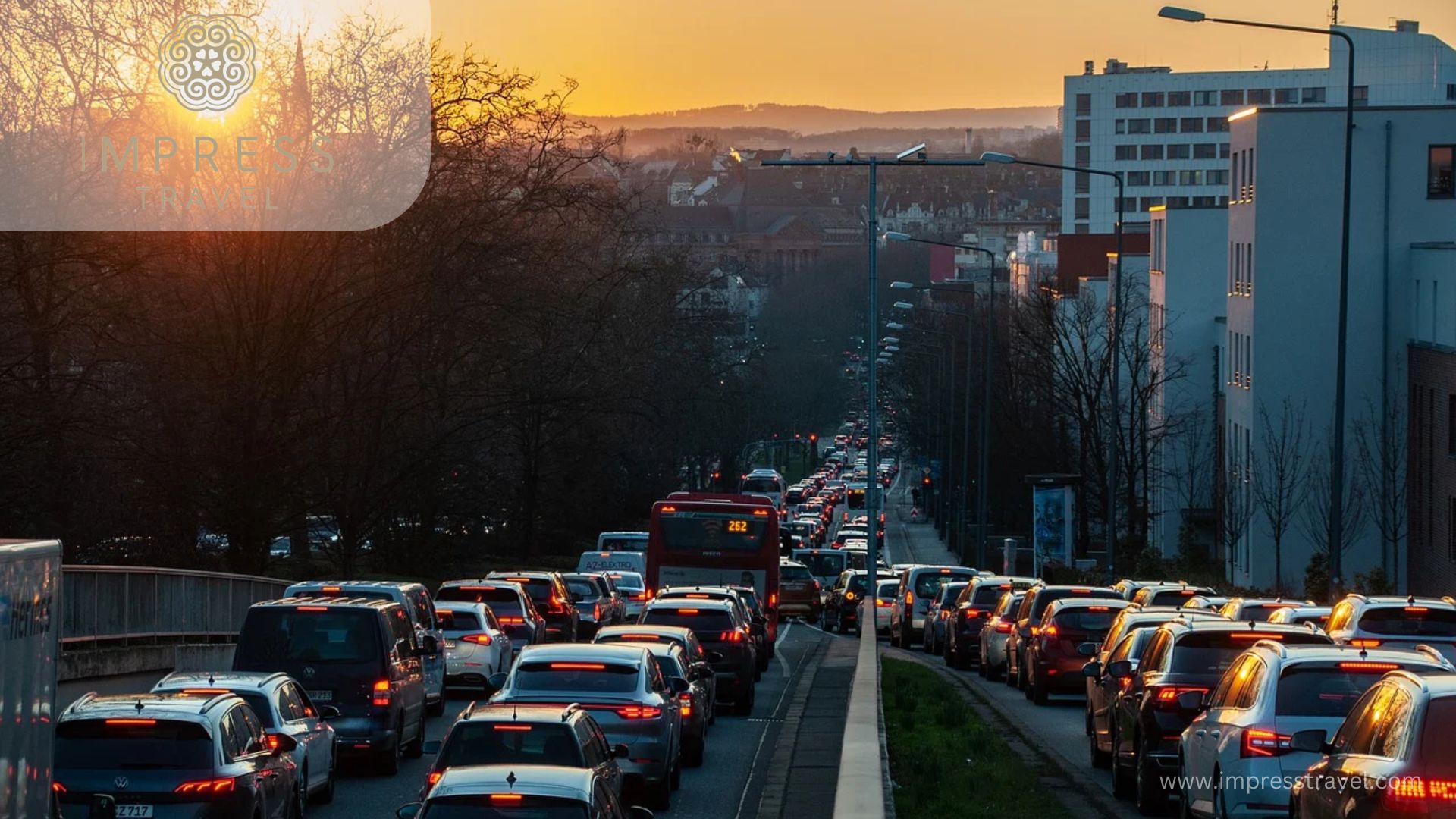
The time of traffic jam
According to the Ministry of Transport, the two most serious chaotic traffic hours in Hanoi are from 7:00 a.m. to 8:30 a.m. and from 4:00 p.m. to 6:30 p.m. This is the congested time frame for going to work and leaving work every day.
Traffic congestion in Hanoi in the morning, from 7:00 a.m. to 8:30 a.m., is the time when most people go to the streets to go to work and school.
The sudden increase in the number of vehicles during this time frame causes many main roads such as Nguyen Trai Street, Giai Phong Street and Lang Street to often be stuck. A series of cars and motorbikes are crowded together, making it difficult to move and easily leading to collisions and traffic accidents.
Traffic congestion in Hanoi in the evening, from 4:00 p.m. to 6:30 p.m., the congestion continues to reoccur when people begin to leave work.
Roads such as Tay Son Street, Truong Chinh Street and the area around Hoan Kiem Lake become crowded. Increased traffic volume combined with complex intersections makes travel difficult and time-consuming.
During these two hours, the chaotic traffic situation will be more serious when it rains. Heavy rain makes traffic movement more difficult and slippery, so travel speed often slows down. Furthermore, heavy rain leads to flooding and congestion in heavily trafficked areas.
Suggestions when chaotic traffic crossing the street in Hanoi during chaotic traffic
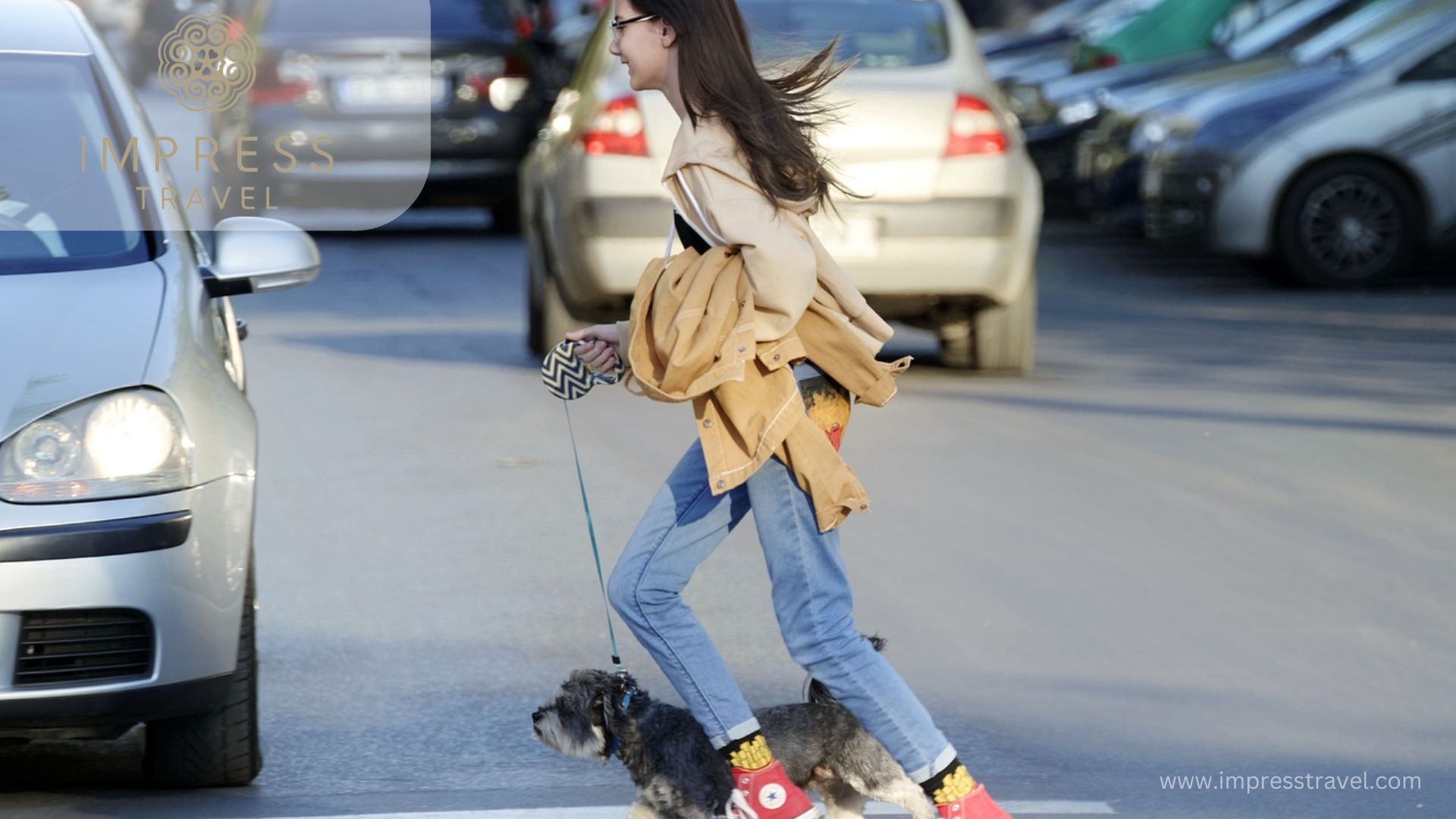
Crossing the street in Hanoi
Tourists need to know some notes to cross the road and move safely during the trip. While changing direction, drivers and operators of special-use motorbikes must yield the right of way to pedestrians and cyclists traveling on their reserved roads, give way to vehicles traveling in the opposite direction and point Allow the vehicle to change direction when it is observed that it does not cause an obstacle or danger to other people and vehicles.
In residential areas, drivers and operators of specialized motorbikes are only allowed to make U-turns at intersections and where there are signs allowing U-turns. Note, vehicle drivers are not allowed to make U-turns on the following roads according to Road Traffic Law:
- Part of the road for pedestrians to cross the street
- On bridges, bridgeheads, under overpasses, underground, in road tunnels
- Freeway
- Where the road intersects at the same level as the railway
- Narrow roads, steep roads, and curved roads obscure visibility.
Motorcyclists crossing the road need to slow down, turn on turn signals and observe vehicles in the same or opposite direction. When ensuring a safe distance from other vehicles, control the vehicle to cross the road.
Crossing the street is difficult because of the high density of vehicles in the inner city and chaotic traffic. In the suburbs, the roads are more open but the vehicles move at high speed. Therefore, vehicle owners can apply a number of ways to cross the road when riding a motorbike to ensure safety when crossing the road.
In addition, vehicle drivers in chaotic traffic should turn on their turn signals 10 – 15 meters before the point where they need to cross the road, observe the vehicle behind and slowly move the vehicle to the left lane. Observe vehicles going in the opposite direction. If there are none or the vehicle is still far away, the vehicle owner can steer the vehicle across the road.
Besides, pursuant to Article 32 of the 2008 Road Traffic Law, pedestrians need to pay attention to the rules when participating in traffic. In particular, the following should be noted:
- Pedestrians must walk on sidewalks and sidewalks; In case the road does not have sidewalks or sidewalks, pedestrians must walk close to the edge of the road.
- Pedestrians can only cross the street at places with signal lights, road markings or overpasses or pedestrian tunnels and must comply with the instructions.
- In cases where there are no signal lights, no road markings, overpasses, or pedestrian tunnels, pedestrians must observe oncoming vehicles, only cross the street when ensuring safety, and are responsible for ensuring safety. ensure safety when crossing the road.
- Pedestrians are not allowed to cross the median strip or cling to moving vehicles; When carrying bulky objects, it must be safe and not cause obstacles to people and vehicles participating in road traffic.
- Children under 7 years old must be accompanied by an adult when crossing urban roads or roads frequently visited by motor vehicles; Everyone is responsible for helping children under 7 years old when crossing the street.
Directions to solve chaotic traffic situation in Hanoi
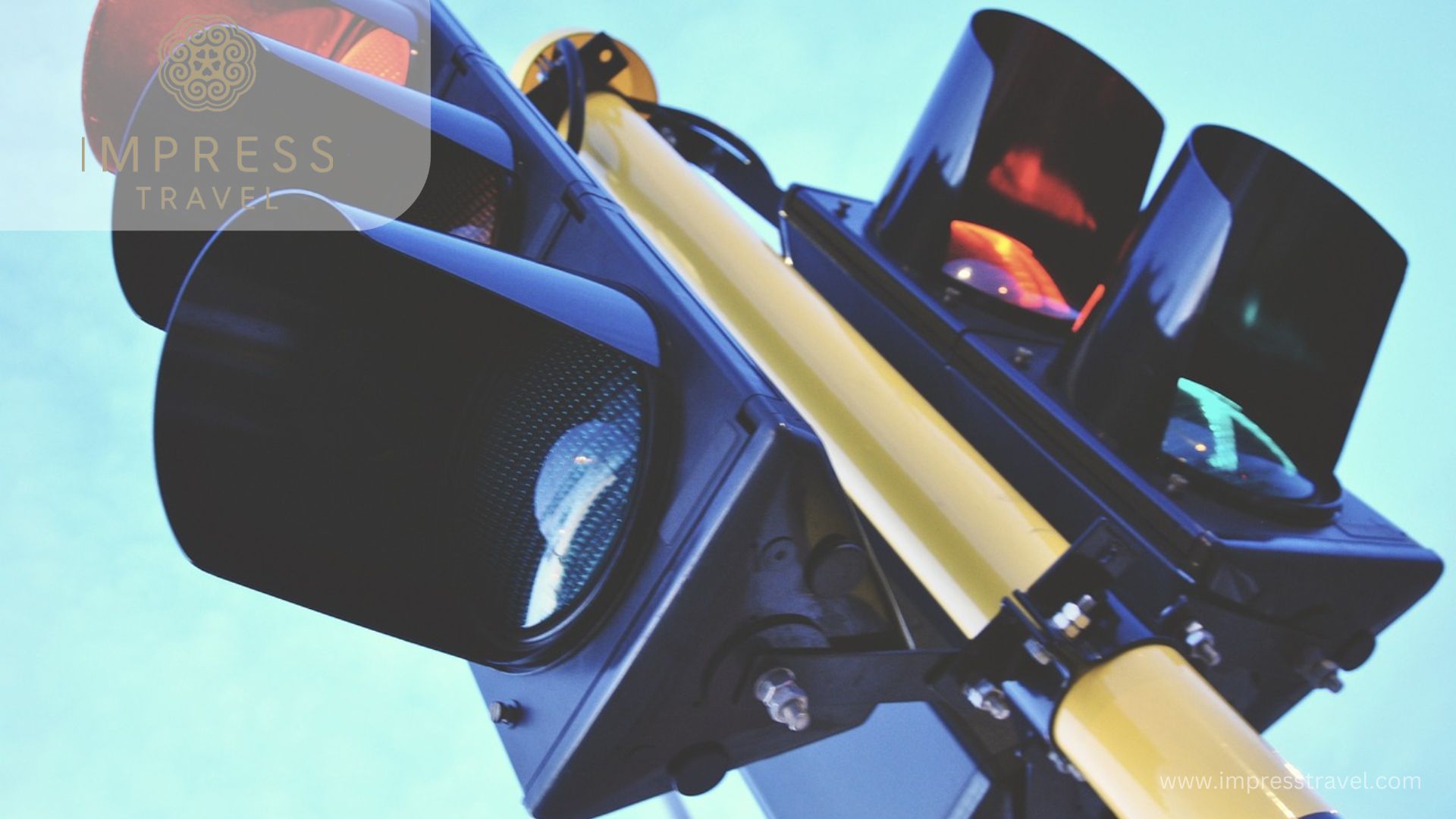
Solution
When the public transportation network and system are well developed, people will limit their use of personal vehicles and switch to public transportation. To increase the attractiveness of public passenger transport, it is necessary to prioritize public transport vehicles with large capacity and limit personal vehicles. This is the key solution to reduce traffic congestion.
Urban transport experts said that Ho Chi Minh City and Hanoi still only have a few urban railways and metro lines and lack connectivity, while buses still do not meet the number when personal vehicles are limited. It is known that currently only over 10% of people in Hanoi use public transportation.
It is necessary to combine the implementation of other solutions such as adding static traffic, adding roads, adding flyovers, elevated railways, moving many schools away from the center, and developing modern satellite urban areas. Optimize traffic management,… to minimize chaotic traffic.
In particular, while waiting for the optimal solution to combat congestion, authorities need to increase propaganda so that traffic participants comply with current laws. Only then can we effectively solve the problem of traffic congestion.
Before implementing solutions to adjust and organize traffic, it is necessary to research and analyze the traffic flow on the route to come up with appropriate solutions. It is necessary to promote the application of technology in managing people’s travel needs to regulate travel needs in a reasonable manner. This could be arranging traffic signals according to the light cycle based on traffic demand, installing traffic speed sensors, measuring vehicle flow, etc. to regulate traffic appropriately.
In addition, monitoring and forecasting residents’ travel needs also helps urban authorities have solutions to gradually adjust and reallocate traffic needs through satellite urban development strategies and planning build. In the long term, the solution of developing a public transportation system based on scientific planning is still the core measure to limit personal vehicles and reduce chaotic traffic.
Conclusion
Above is information about chaotic traffic in Hanoi that visitors may experience. Hopefully tourists can soon adapt and have a fun, safe and enjoyable trip with the pace of life in Hanoi. Don’t forget to follow Impress travel’s Website and Facebook to update the latest information about Hanoi tourism and book tours at the best prices!







